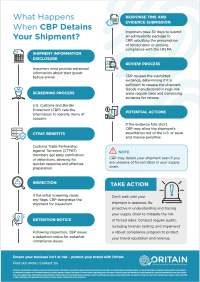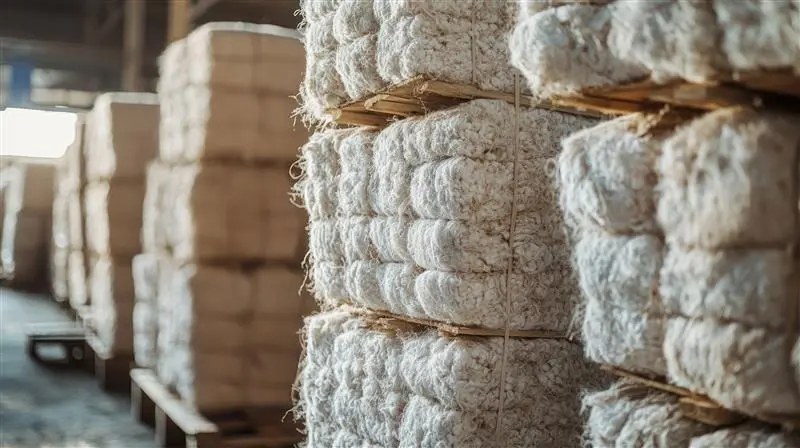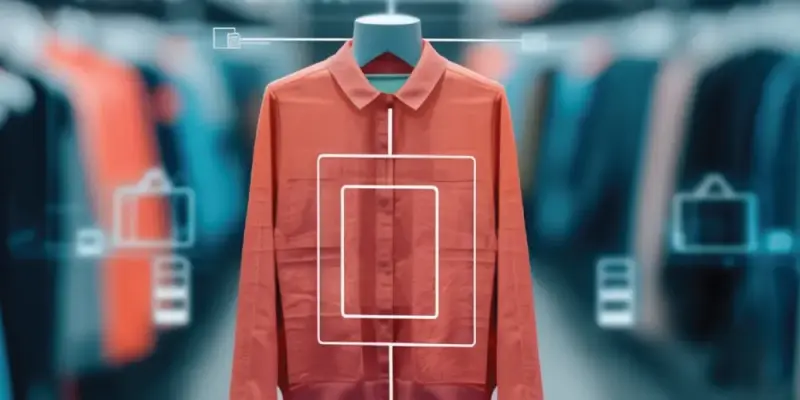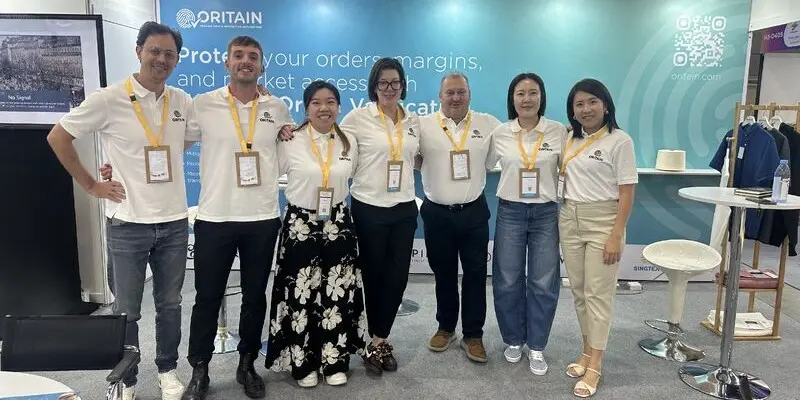What Happens When CBP Detains Your Shipment? (Explained by Ana Hinojosa)
By Ben Tomkins | 25 March 2024
minutes to read.
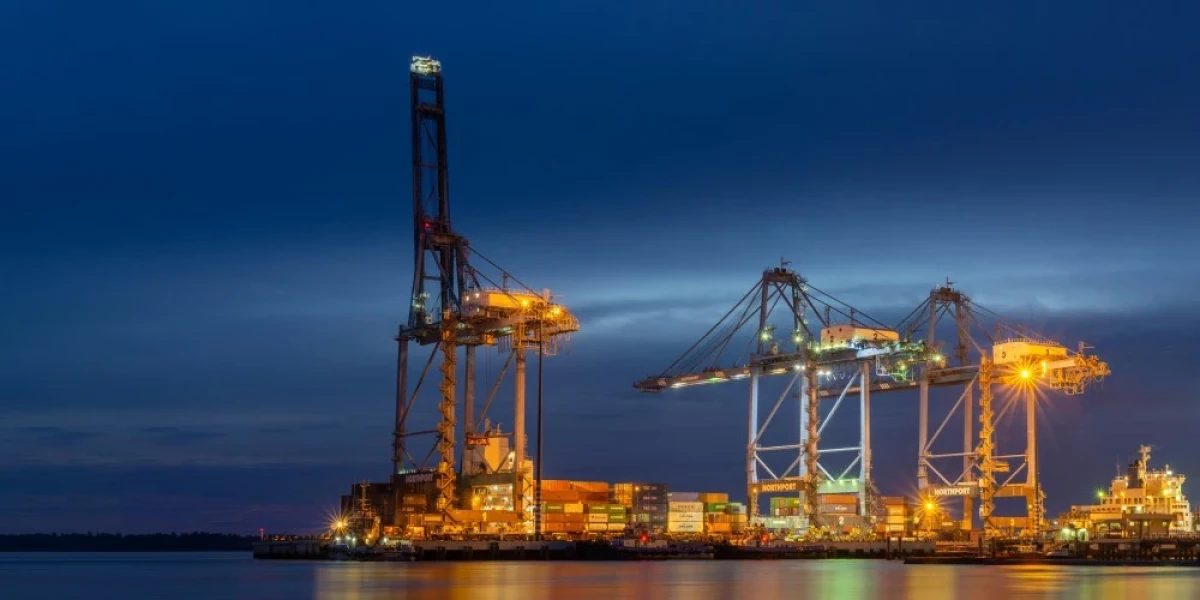
When a shipment is detained by U.S. Customs and Border Protection (CBP) under the Uyghur Forced Labor Prevention Act (UFLPA), it sets off a process that can be overwhelming and challenging for apparel and textile businesses importing goods into the United States.
In our recent webinar, Ana Hinojosa, Oritain advisor and former CBP executive director, shares her insights on the UFLPA enforcement process and how to navigate it effectively.
The detention process begins early
According to Ana Hinojosa, the process begins even before the shipment reaches U.S. soil.
For companies importing goods, especially from high-risk areas, the UFLPA has significantly increased the level of scrutiny. “Any goods connected to the risk origins, or any entities identified, are considered to be produced with forced labor and detained unless they’re able to rebut the presumption of forced labor,” Hinojosa explains.
Before a shipment arrives in the U.S., the importer of record, through their representatives, is responsible for transmitting advanced information about their goods. Based on this information, the government conducts initial vetting or screening to determine if there are any items of concern. If a shipment raises concerns, it may be inspected upon arrival, and a detention notice may be issued to the importer.
Once the shipment is detained, the clock starts ticking
Under the UFLPA, an importer has only 30 days to submit an admissibility package to CBP. Importers have two primary options:
- Provide evidence that their merchandise does not fall under the UFLPA’s scope because the goods or any of the materials are not manufactured in the high-risk regions.
- Submit clear and convincing evidence that, although the goods are manufactured in the high-risk regions, those goods are not produced with forced labor.
“The threshold of evidence, for the latter, is very, very high. And I don’t believe any importer as yet has had the opportunity or the sufficient level of evidence to get a shipment cleared under those conditions,” notes Hinojosa.
If the importer does present the evidence, CBP will review the information to determine whether it’s sufficient to release or exclude the shipment. In most cases, CBP allows the importer to export the shipment in lieu of more severe measures.
One of the key benefits for Customs Trade Partnership Against Terrorism (CTPAT) members is that they receive early notification of potential detentions – allowing them to prepare and respond more effectively to CBP’s concerns. “If they are a CTPAT member, they enjoy the benefit of finding out early in the process that the shipment is going to be detained and be able to make arrangements for how that detention is going to take place,” Hinojosa points out. This early warning system is part of a broader strategy of proactive compliance, helping businesses manage their international shipments more efficiently.
Free infographic:
What happens when CBP detains your shipment?
The importance of due diligence and supply chain transparency
The implications of detention extend far beyond just the logistical headaches. It’s a reminder of the need for due diligence and transparency in supply chains. “Understand your supply chain,” Hinojosa advises. “In the past, many importers were comfortable just knowing who they were purchasing the final product from, but that is no longer sufficient.”
Beyond knowing your immediate supplier, it’s essential to trace the origins of your products and raw materials. This involves rigorous due diligence and often third-party verification to ensure compliance with U.S. laws and regulations.
“There’s so much risk in manufacturing of textile and fashion products because it’s so complex with so much movement from the different tiers of manufacturing. Importers have had to really take a much deeper look into their supply chain using different technology solution providers to gain that same kind of transparency. Knowing who your suppliers are doing business with and ensuring that your contracts allow you to get that information, as well as requesting that information from your various supply chain actors, is really important.”
But even if your different tiers of manufacturing do provide you with some sort of documentation, that usually is not enough. You need to be able to take some sort of action to verify that the information your supply chain is giving you is accurate.
As CBP’s capabilities grow, especially in isotopic testing to evaluate the risk of products entering the U.S., importers must stay vigilant. The future will likely see an increase in detentions and stricter enforcement, reinforcing the importance of preparedness and compliance strategies.
UFLPA compliance requires a blend of diligence, transparency, and strategic use of technology. Staying informed and proactive is crucial for minimizing risks and managing international shipments effectively.
Watch the webinar on Understanding and Preparing for a Tougher UFLPA Enforcement to gain more insights from Ana Hinojosa.
Disclaimer: The information provided in this document does not and is not intended to constitute legal advice. Instead, all information presented here is for general informational purposes only. Counsel should be consulted with respect to any particular legal situation.
